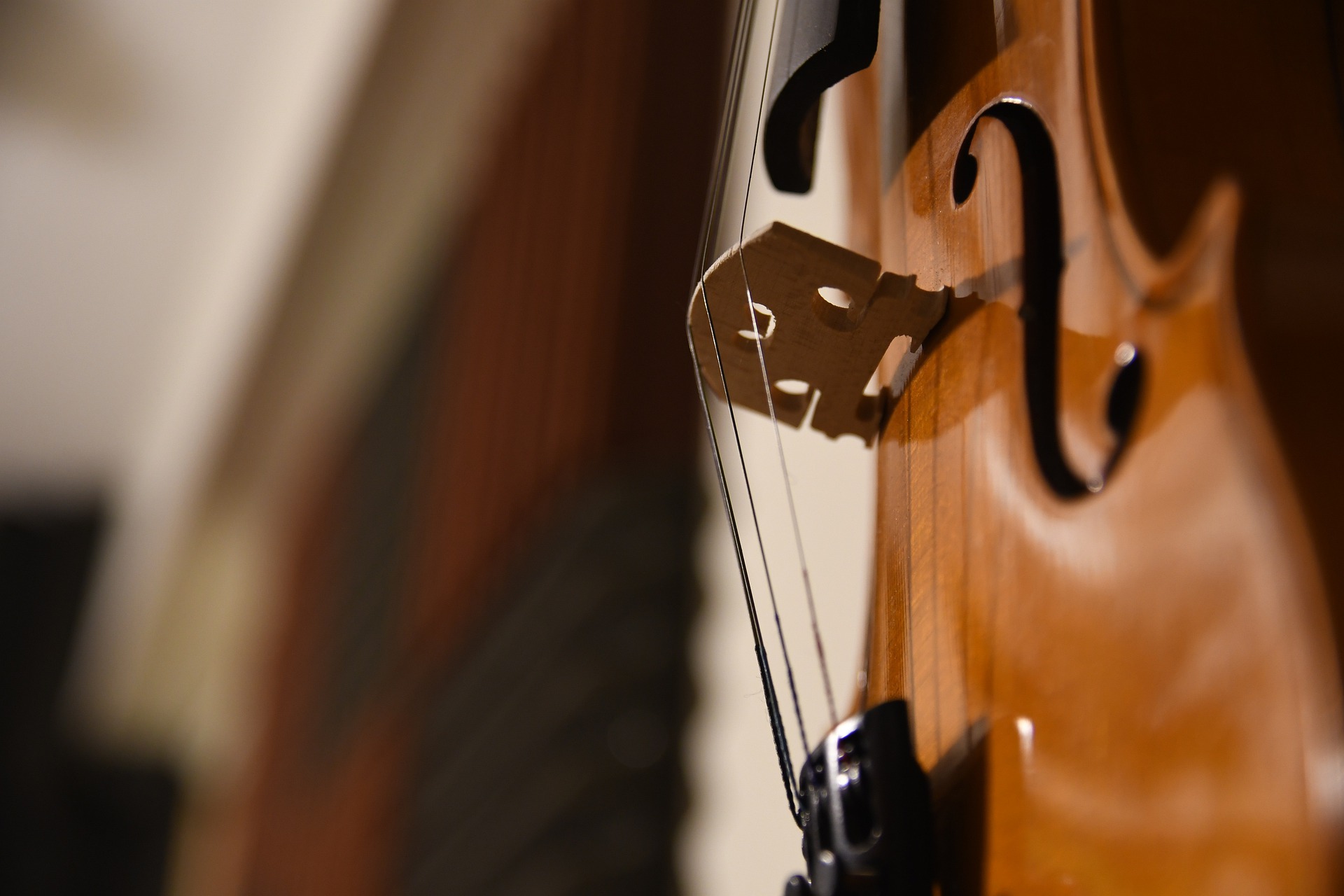2022-03-14
The Violin and its Unique Sound!
Everyone loves music. Infact, the world is glued to music. When we talk about music, it always becomes a reason for a long and a very interesting and interactive conversation. Music can be of any type. All that matters is the use of instruments and the sync of the instruments.
Now the question arises is what are the prominent instruments that can be used to have a good peaceful harmony? Yes! Violin is one of them. Now, the question arises is what is the history or origin of the violin. To answer these and more questions, let's go ahead and read them.
To begin with, what does violin mean? Violin is a stringed musical instrument that has a treble pitch which is played with a horsehair bow. The classical European violin was developed around the 16th century. It comprises four strings and a body of characteristic rounded shape, narrowed at the middle, and also has two f-shaped sound holes.
It is also sometimes known as the fiddle is a wooden string instrument in the violin family. Most of the violins consist of a hollow wooden body. It is the smallest and thus highest-pitched instrument that’s the soprano in the family in regular use. The violin typically has four strings, some can even have five. It is usually tuned in perfect fifths with notes G3, D4, A4, E5, which is most commonly played by drawing a bow across its strings. It can also be played by plucking the strings with the fingers also known as the pizzicato and, in specialized cases, by striking the strings with the wooden side of the bow.
The violin which we use prominently today, was first known in the 16th-century in Italy, which was further in the process of some modifications occurring in the 18th and 19th centuries to give the instrument a more powerful sound and projection. On the other hand, in Europe, it served as the basis for the development of other stringed instruments used in the Western classical music, such as the viola.
The question now that arises is how did Violin get its name! No worries! We have an answer for that too.The term "violin" was first used in English in the 1570s. The term "violin" was originated from the "Italian violino, diminutive of viola. The term "viola" comes into the picture from the expression for "tenor violin" in 1797, from the Italian and also the Old Provençal viola, which came into existence from Medieval Latin vitula as a term which means "stringed instrument," perhaps coming from Vitula, Roman goddess of joy, or maybe from the related Latin verb vitulari, "to cry out in joy or exultation." The related term "Viola da gamba'' which means "bass viol" is from Italy, literally "a viola for the leg" that is to hold between the legs." A violin is the "modern form of the smaller, medieval viola da braccio” also referred as "arm viola"
Now, we've seen what a violin actually is and what is its history, and how it got its name, then the next question that arises is “What is violin authentication?” We’ve got an answer for you on this.
Violin authentication is the process of determining the maker and manufacture date of a violin The authentication process is similar to that used to determine the provenance of artworks. This can be considered as an important process as one of the most significant values which may be attached to violins made either by specific makers or at specific times and locations. Forgery and other methods of fraudulent misrepresentation can be used to inflate the value of an instrument.
So, we hope you enjoyed reading the above section. To know more, drop in your questions to us at our social media pages or our email address. We thrive on feedback! Drop-in your feedback to us. Stay tuned to this space for more interesting facts and information.


